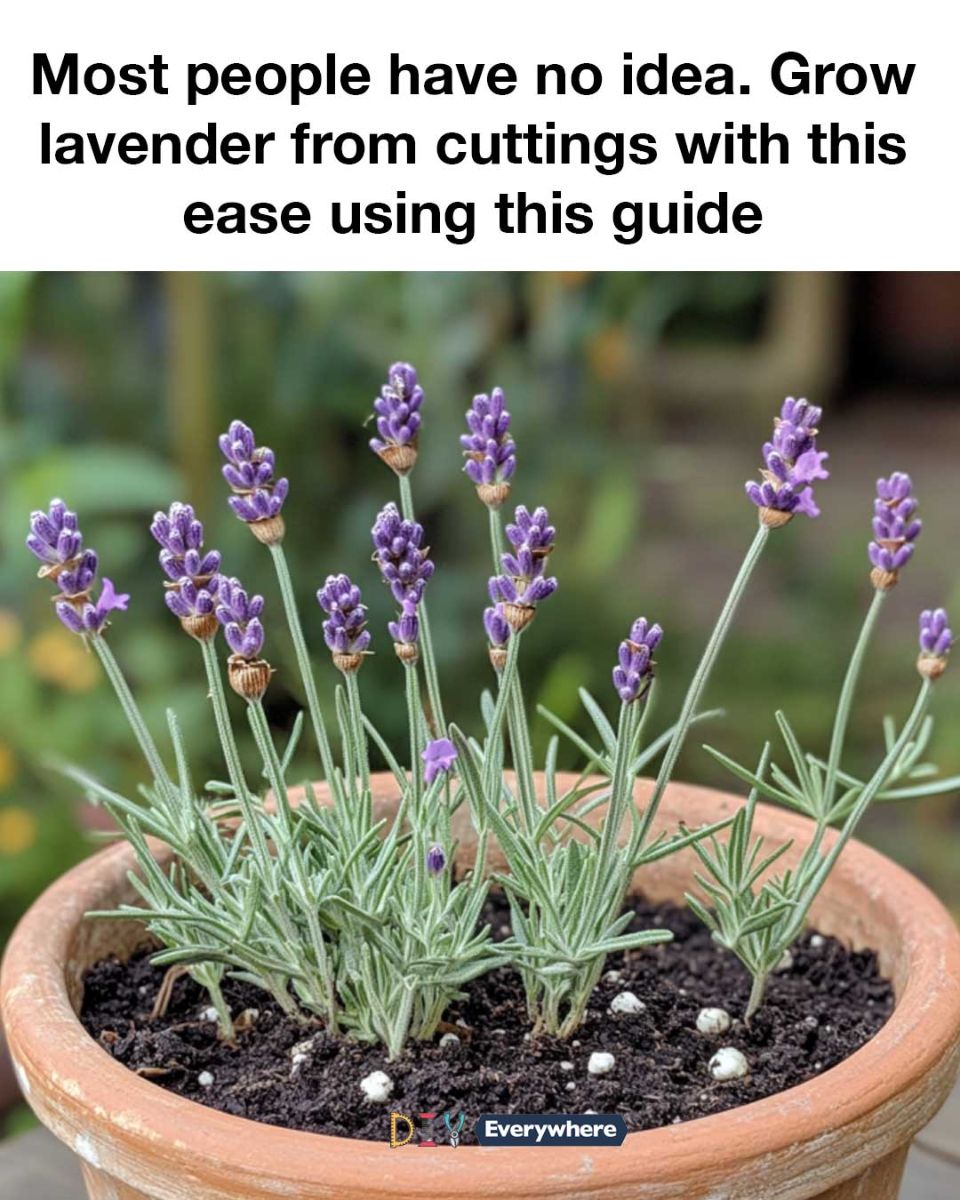Lavender, with its calming fragrance and elegant purple blossoms, is a favorite among gardeners, chefs, and crafters alike. While most people purchase young plants from nurseries, growing lavender from cuttings is a deeply rewarding and cost-effective way to fill your garden with this versatile herb.
In this guide, you’ll learn exactly how to propagate lavender from cuttings — preserving the unique traits of the parent plant while multiplying your harvest.
1. 🌸 Understanding Lavender: The Basics
Lavender (Lavandula) is a genus of over 45 species in the mint family. Native to parts of Europe, North Africa, and Asia, lavender thrives in dry, sunny climates and is known for its aromatic properties, culinary uses, and drought resistance.
The most popular variety, Lavandula angustifolia (English lavender), is loved for its sweet scent and beautiful blooms — perfect for borders, bouquets, or essential oils.
2. 🌱 Why Choose Cuttings Over Seeds?
-
Faster Growth: Cuttings root and establish more quickly than seeds.
-
Genetic Cloning: Cuttings produce identical copies of the parent plant — keeping fragrance, color, and growth habit consistent.
-
Cost-Effective: No need to purchase new plants — just clip and grow.
While seeds can be unpredictable in germination and results, propagating from cuttings offers predictability and speed.
3. 🗓 Best Time to Take Lavender Cuttings
-
Ideal Season: Late spring through early summer, when the plant is actively growing.
-
Best Time of Day: Early morning when the plant is hydrated and turgid.
-
Avoid: Winter or mid-day heat, which stress the plant and reduce success.
4. ✂️ Choosing & Preparing the Cuttings
-
Length: 4 to 6 inches
-
Type: Semi-hardwood (not too green, not too woody)
-
Avoid: Flowering stems — they divert energy from root development
-
Look for: Healthy, pest-free parent plants
Once cut, remove the lower leaves to expose the nodes and prepare for rooting.
5. 🧰 Tools & Materials You’ll Need
-
Sharp, clean pruning shears
-
Small pots or propagation trays
-
Rooting hormone (optional, but helpful)
-
Clear plastic dome or bag for humidity
-
Potting mix: ⅓ perlite + ⅓ coarse sand + ⅓ peat moss
-
Water spray bottle
Sanitize all tools beforehand to prevent disease transfer.
6. 📋 Step-by-Step: How to Take Lavender Cuttings
Next
